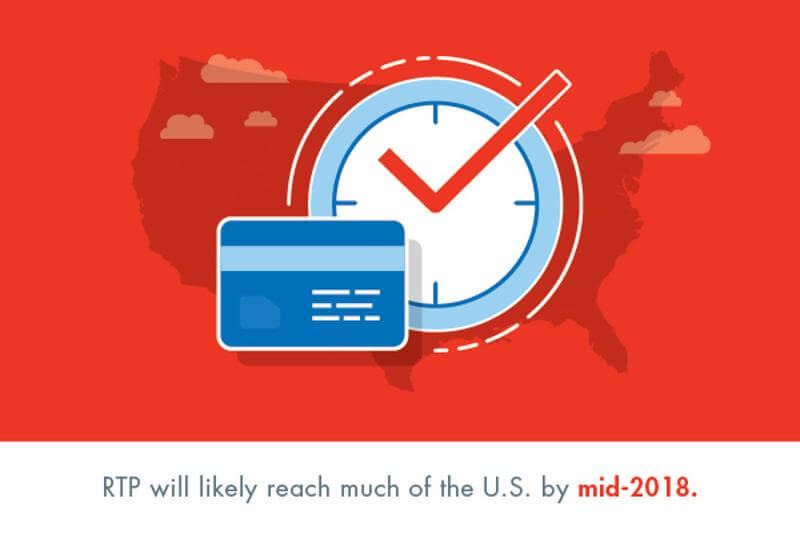Within the last few decades, a number of transformations have taken place in the financial services industry – from more advanced and secure payment cards to new forms of digital currency, this sector is changing faster than most. What’s more, one of the biggest shifts is still on the horizon – the addition of real-time payment capabilities.
Currently, many financial services institutions are preparing to support real-time payments. As these systems begin to be deployed, it’s worth taking a look at where we stand with this transition and the value real-time payments will bring once fully rolled out.
Progress of real-time payments
The Clearing House’s Senior Vice President Steve Ledford told Forbes the transition to real-time payments will be a gradual process, but the ultimate objective is to get as many institutions involved as possible. The organization is spearheading the rollout of RTP technology across the financial sector in the U.S.
«The ultimate objective is to get as many institutions involved as possible.»
«Our goal is to reach ubiquity as quickly as we can,» Ledford said. «Not all 10,000 banks will sign up at once, but very soon we will do an initial set of early adopter banks – pilot activity around business to business. Then very rapidly we will be ramping up from that point … I think [a] substantial part of [the] country will be covered by mid-2018.»
The Clearing House currently has its real-time payment infrastructure set up in two secure and redundant data centers, each supporting two iterations of the system. In this way, the infrastructure is as reliable and resilient as possible. TCH is also partnering with other vendor organizations to streamline the deployment process alongside rising demands for real-time payment capabilities.
«We are in discussions with partners who can bring in the thousands who want to go live,» Ledford said. «I think [this is] a faster ramp-up of this new payments system than we ever [have] in the past.»
 RTP is coming to the U.S. – and fast.
RTP is coming to the U.S. – and fast.The benefits of RTPs
While there’s typically hesitation toward newer technologies – specifically in the financial services sector, where privacy and data security is key – real-time payment systems are receiving considerable interest from large and small institutions. When one considers the advantages this type of payment can offer, it isn’t difficult to understand the rising demand. Some of the benefits financial institutions and their customers can reap from RTPs include:
- Comprehensive communication: JPMorgan Chase pointed out that current, traditional payment systems can leave gaps in communication, especially when it comes to the status of funds. Obtaining this information required the individual to go outside the payment system, where payers and payees had to manually track down payments themselves. This will all become a thing of the past with real-time payments, as the technology supports bi-lateral communication with two-way messaging capabilities. In this way, payers and payees will never have to wonder when or if funds will be received.
- Anytime payment capabilities: One of the leading advantages of RTP systems is the fact they are available 24 hours a day, even after a financial institution has ended its business hours. Payments can be processed at any time, meaning there’s no need to wait for the start of a business day for payments to be received.
- Consumer analytics potential: RTPs require the use of the ISO 20022 standard framework, a system that can create opportunities for data gathering. According to Accenture, this information can be analyzed to get a better understanding of the customer, helping financial institutions inform marketing and other efforts.
- An opportunity to modernize: The financial services industry has historically been bogged down by legacy technology, but RTP systems could provide an important opportunity for institutions to update their IT infrastructure.
- A global standard: Accenture predicts that within the next five years, global real-time payments could be possible, creating a more unified financial services industry.
Real-time payments are poised to considerably shift the financial services sector, providing real value for service providers and their customers. However, in order to take full advantage of this technology, it’s important that financial services providers have the right processes and solutions in place. To find out more, contact the experts at SK Global today.